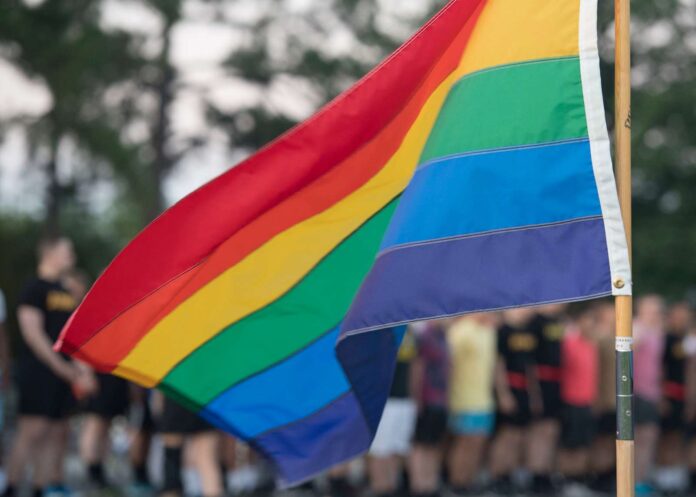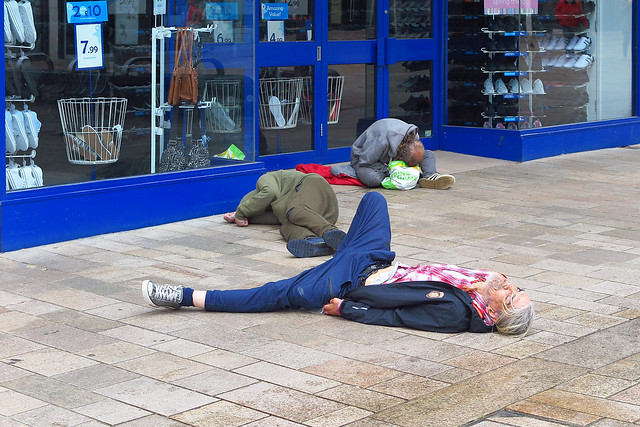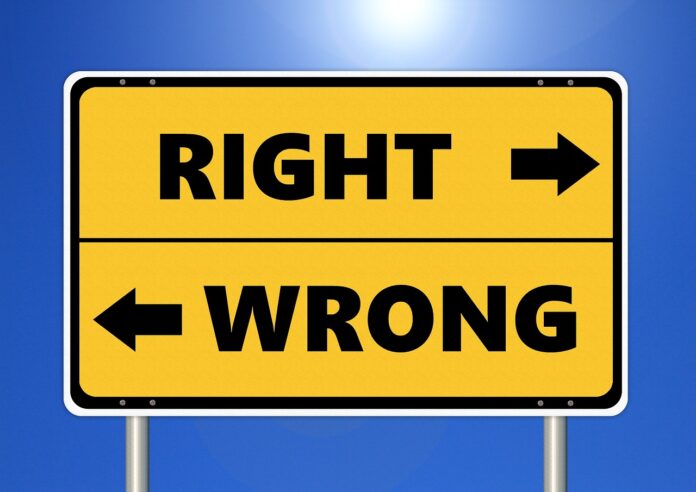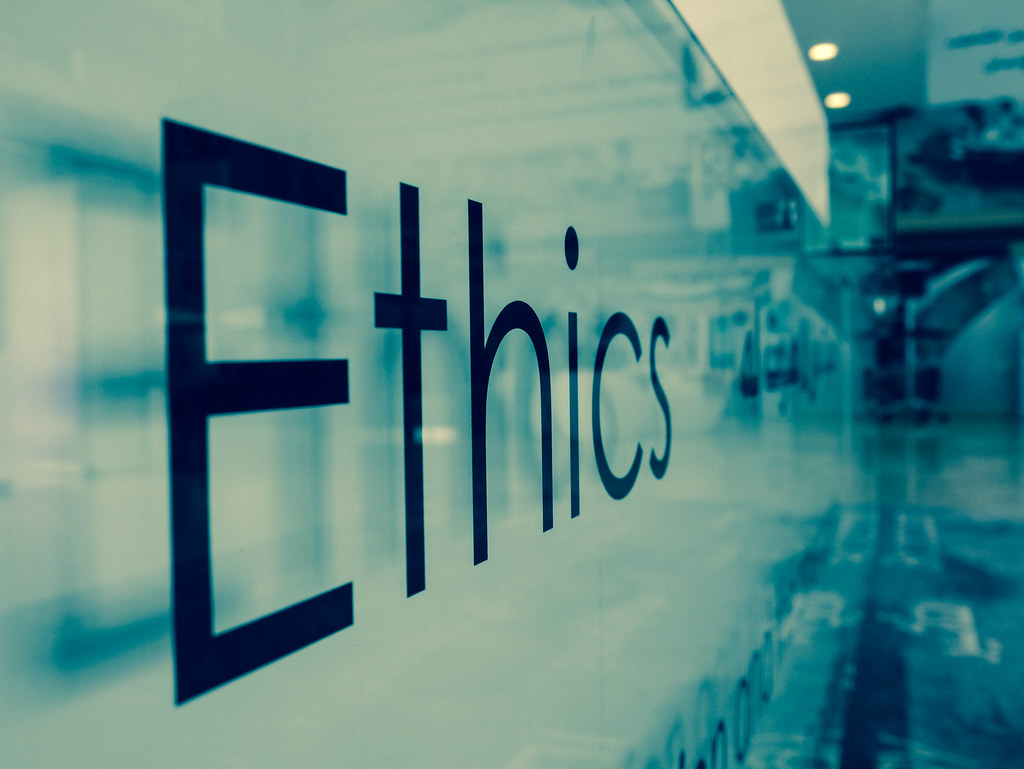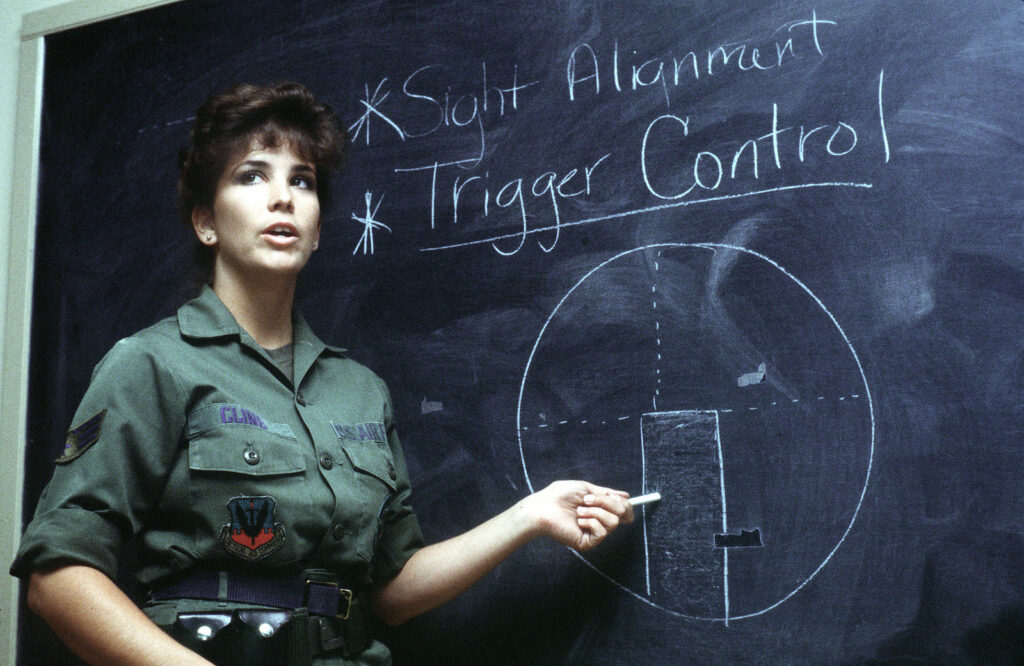While we’d like to think of the world as tolerant and accepting, in reality, traveling overseas for business involves a certain degree of risk for lesbian, gay, bisexual, transgender, queer, intersex, and asexual (LGBTQIA) executives.
In fact, there are a number of countries where homosexuality is a criminal offense, and attacks on the LGBTQIA community go unpunished by disinterested law enforcement.
So what precautions should you take when a business trip takes you to a country with laws that target the LGBTQIA community?
Learn about the laws in your destination and how they are enforced
Although you may find the laws of your destination objectionable, as a visitor, avoiding trouble means you must comply with them. Visit the U.S. Department of State’s website for general guidance for LGBTQIA travelers as well as country-specific information.
Pay close attention to the local laws and special circumstances section for each country you intend to visit, as it details specific guidance for the LGBTQIA community. For example, the report covering the Central African Republic notes that the country’s penal code criminalizes same-sex sexual relations, and the penalty for “public expressions of love” between same-sex couples is six months of imprisonment and a hefty fine.
Scrutinize your travel documents
For business travelers with travel documents that contain their previous name and photo that no longer correspond to their current gender, foreign immigration authorities may reject the documentation as invalid.
Given that updating government-issued documents takes time, set aside time well in advance of your trip to review your travel documents for inconsistencies with your present identity.
Monitor the news for attacks in your destination
Attacks on the LGBTQIA community often go unreported; nonetheless, in order to gain a sense of the environment before setting foot in the country, search for news stories detailing acts of violence against the gay community.
Pay close attention to the location and the time of day the incident took place as well as the response by law enforcement; these factors provide you with a window into the areas to avoid and authorities’ responsiveness to attacks.
Tone down your public profile
Regardless of your sexuality, when traveling abroad, your goal is to blend in with the surrounding environment. Similar to avoiding crimes of opportunity such as express kidnapping or mugging, minimize the attention you attract in public by wearing non-descript clothing.
Leave expensive jewelry at home and wear a cheap, yet functional watch. Avoid using your smartphone in public, as it signals your wealth and reduces your awareness of the surrounding environment. And remember that even in gay-friendly neighborhoods, public displays of affection between same-sex couples may violate a country’s law as well as attract the attention of intolerant individuals.
Use prescreened transportation services
While accepting individuals exist in intolerant countries, finding those individuals is a game of chance. Therefore, in order to minimize the risk of running into a prejudiced taxi driver, arrange for a pickup from the airport and transportation between business meetings by a prescreened car service.
Consider the same car service if you decide to explore your location after business hours as well.
Conclusion
Crimes against the LGBTQIA community can happen anywhere. However, in countries that criminalize LGBTQIA acts, the risks of assault, arrest, and in extreme circumstances, death, increases exponentially.
In order to protect yourself and maintain focus on the business purpose of the trip, take the time to ascertain the country’s tolerance for those that do not live a heterosexual lifestyle. Depending on your destination, the results of your research may shock and sadden you; however, the more you understand about your intended destination, the more likely you’ll avoid trouble.


